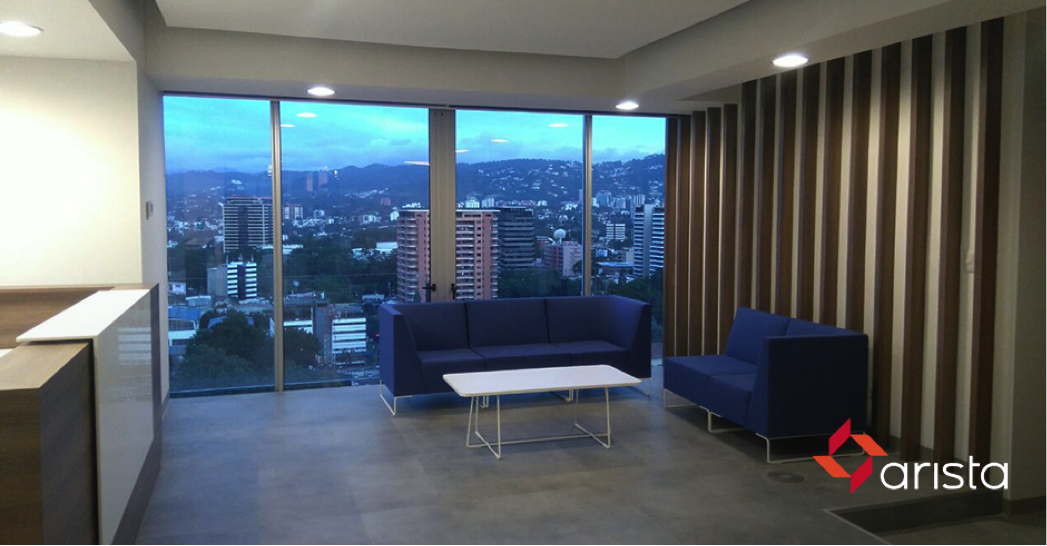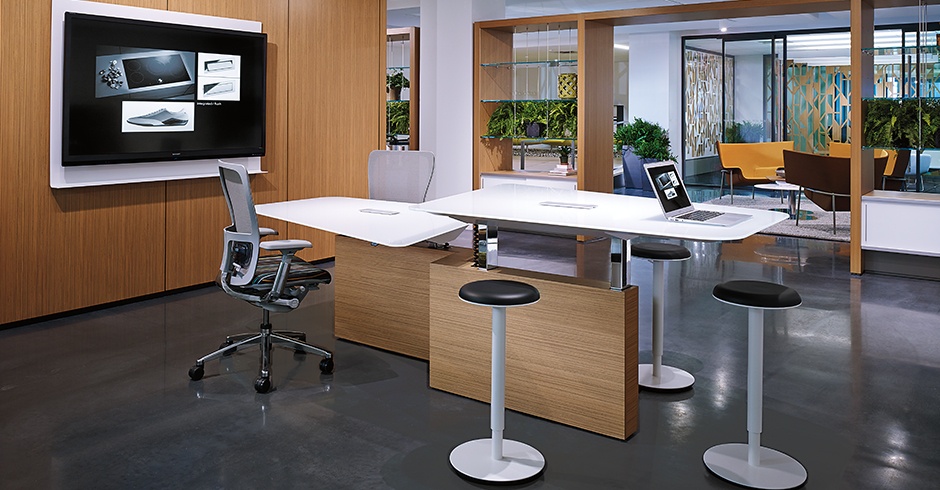.png)
Blogs (EN) /
The ABC of architectural acoustics and its importance in collaborative environments
When talking about architectural acoustics, possibly the first idea that comes to mind is that it is applicable only in places where sound volume is going to be quite high. However, having adequate acoustics inside enclosures where people spend a large amount of time is of great importance.
Buildings that house offices and collaborative spaces should consider providing people with an environment where acoustics are adequate and do not cause problems.
Collaborative spaces are increasingly common in offices, places where the ease of interaction is freer but what happens if the environment is too noisy? What can be considered to improve it and achieve a more private place?
Large companies that provide acoustic solutions recommend taking into account the so-called ABC of architectural acoustics, a mechanism that greatly helps the privacy of a company. Learn about the ABC of architectural acoustics and its importance in collaborative environments.
The ABC of architectural acoustics
Absorption
The excessive propagation of sound in an enclosure can generate problems that will affect a company’s objectives. The levels of acoustics will be directly linked to the functionality of a place, the sound will not be the same in a library as in an office.
The specific mission of absorption is to reduce noise according to the needs and nature of the enclosure. In a collaborative office, the sound level should be light and adequate so as not to interrupt people's daily activities.
When a sound wave is introduced into a space that has an absorption mechanism, and it hits the walls, little by little it loses its energy and is absorbed by the mechanism, the rest of the energy is the one that propagates.
When an enclosure has walls with fully absorbing qualities, the sound waves would be practically reduced by a greater percentage and the way in which the sound propagated would be similar to an open area.
In an area that does not have absorption materials and the walls are purely smooth, the resonance of the sound will be much greater and can even generate an annoying echo. All walls have a percentage of possibility of absorption, however, the materials with which it is built will be those that influence the amount of sound that enters the place.
Blocking
As mentioned before, the excess of sound is sometimes the cause of serious problems in employees who interact in a workspace, a situation that is reflected in the scope of the goals of a company.
The permanent blocking of sound occurs more in spaces where the level of concentration tends to be too high and it is necessary to reduce the propagation of annoying noises as much as possible.
Coverage
Unlike the first two stages in which the goal is to minimize and reduce the sound completely, coverage refers to looking for how to make the most of the sound within a space.
Collaborative areas such as meeting rooms, spaces for screenings and conferences are ideal environments to have panels that help cover and exploit voices, effects and even music.
Problems of not implementing the ABC
The negative results of not having adequate acoustic mechanisms are many, in the article 4 consequences of the lack of privacy in an office, the four most frequent problems were disclosed:
- More noise, less concentration
- Unmotivated and annoyed workers
- Danger of leaking private information
- Generation of collective noise excess
Benefits of a work environment with optimal acoustics
But not everything is negative, when the ABC is successfully implemented, collaborative spaces become a starting point to achieve the company's objectives, since the space will become a comfortable and adequate place to carry out all tasks .
Reduction of noise generated by external elements and creation of spaces with individual or collective privacy will be necessary to achieve content, focused and motivated employees.
One of the solutions to achieve a collaborative space with an adequate environment, is the installation of acoustic panels in different parts of the office.
Companies like BuzziSpace distribute acoustic solutions with highly avant-garde designs that help reduce noise in a work space considerably. Furniture such as benches and desks, lighting, cubicles and even telephone booths with acoustic qualities are what this company has available for its customers.
In conclusion, a collaborative space with an acoustic balance will give your company employees who will feel comfortable, focused and with a high commitment to collaborate to achieve the established goals.
.png)


